We’re excited to introduce you to the always interesting and insightful Najing Cen. We hope you’ll enjoy our conversation with Najing below.
Alright, Najing thanks for taking the time to share your stories and insights with us today. Are you happy as a creative professional? Do you sometimes wonder what it would be like to work for someone else?
This question is quite interesting. Honestly, I can’t simply say that I am happier as an artist. Most artworks are born out of some form of suffering, and as artists, we are often required to focus on societal issues, such as war, women’s struggles, and workplace challenges. These issues deeply move me, prompting me to empathize, explore, and dig into the inner struggles within myself, expressing these emotions and thoughts through my art.
I remember during the research phase of my first theater project, *Fefu and Her Friends*, I began searching for news about the unfair treatment of women in different countries—stories about the women around me, as well as my own experiences. The news of women being killed or abused plunged me into deep despair and pain. During that time, I felt overwhelmed and powerless, as though I were being consumed by these heavy stories.
Although this pain often made me feel oppressed and exhausted, it also fueled my inspiration. Every time I completed a project, the sense of fulfillment and achievement that flowed from deep within me was something I couldn’t find in an ordinary job.
Rather than saying that being an artist makes me happier, I would say that being an artist makes me feel more fulfilled and profound. The process of artistic creation may come with pain and struggle, but it pushes me to continually challenge myself, think deeply, and ultimately create works that resonate with others. It gives me a depth and meaning to life that is irreplaceable.

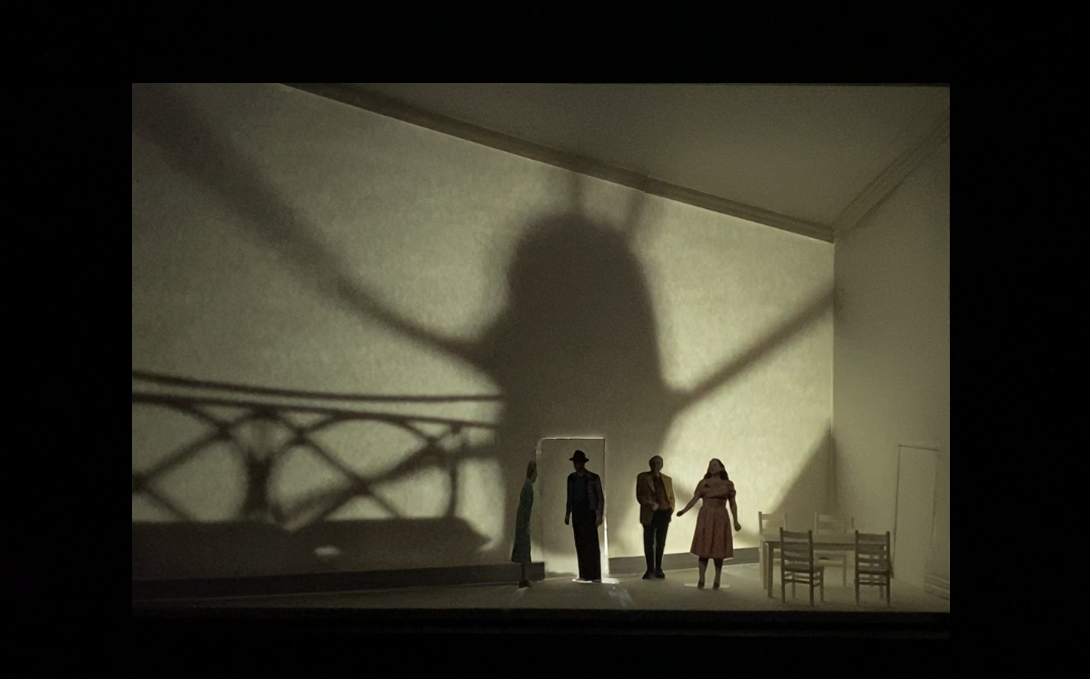
Great, appreciate you sharing that with us. Before we ask you to share more of your insights, can you take a moment to introduce yourself and how you got to where you are today to our readers.
I am a scene designer and film production designer specializing in transforming abstract texts and ideas into tangible visual expressions. I use various media to tell stories, deeply analyze social issues, and integrate different fields, media, languages, symbols, cultures, spirits, and forces into concrete artistic creations. My work aims to evoke emotions and inspire audiences to think profoundly about society, culture, and humanity. Moreover, I am meticulous about details—every prop, every lighting effect, every color, and every texture is carefully chosen to establish a profound connection with the story.
My journey into this industry began even before university when I enjoyed drawing the dreams I experienced. I discovered my potential to translate abstract scenes and objects from my mind into artistic forms, which marked the start of my exploration into set design. I developed a strong interest in how space and visuals could tell compelling stories. With more project involvement, my passion and potential in this field have continued to grow. Whether in theater, film, or installation art, I am constantly exploring how to seamlessly merge space and narrative to create unique emotional experiences for audiences.
I have been involved in numerous large-scale projects, including television dramas, theater productions, films, photography, installation design, and graphic design. Currently, my work focuses primarily on the film and theater industries. I am participating in several exciting film projects, collaborating with creators from around the world to explore emotions and humanity across diverse cultural contexts. At the same time, I am preparing two theater productions centered on feminist themes, aiming to contribute a strong voice to this significant topic.
I hope potential clients, followers, and fans can understand that I am not just a designer but also a creator who perceives and expresses the world with care and intention. Through my work, I aspire to resonate with audiences, inspiring them to think, speak out, critique, and love passionately.
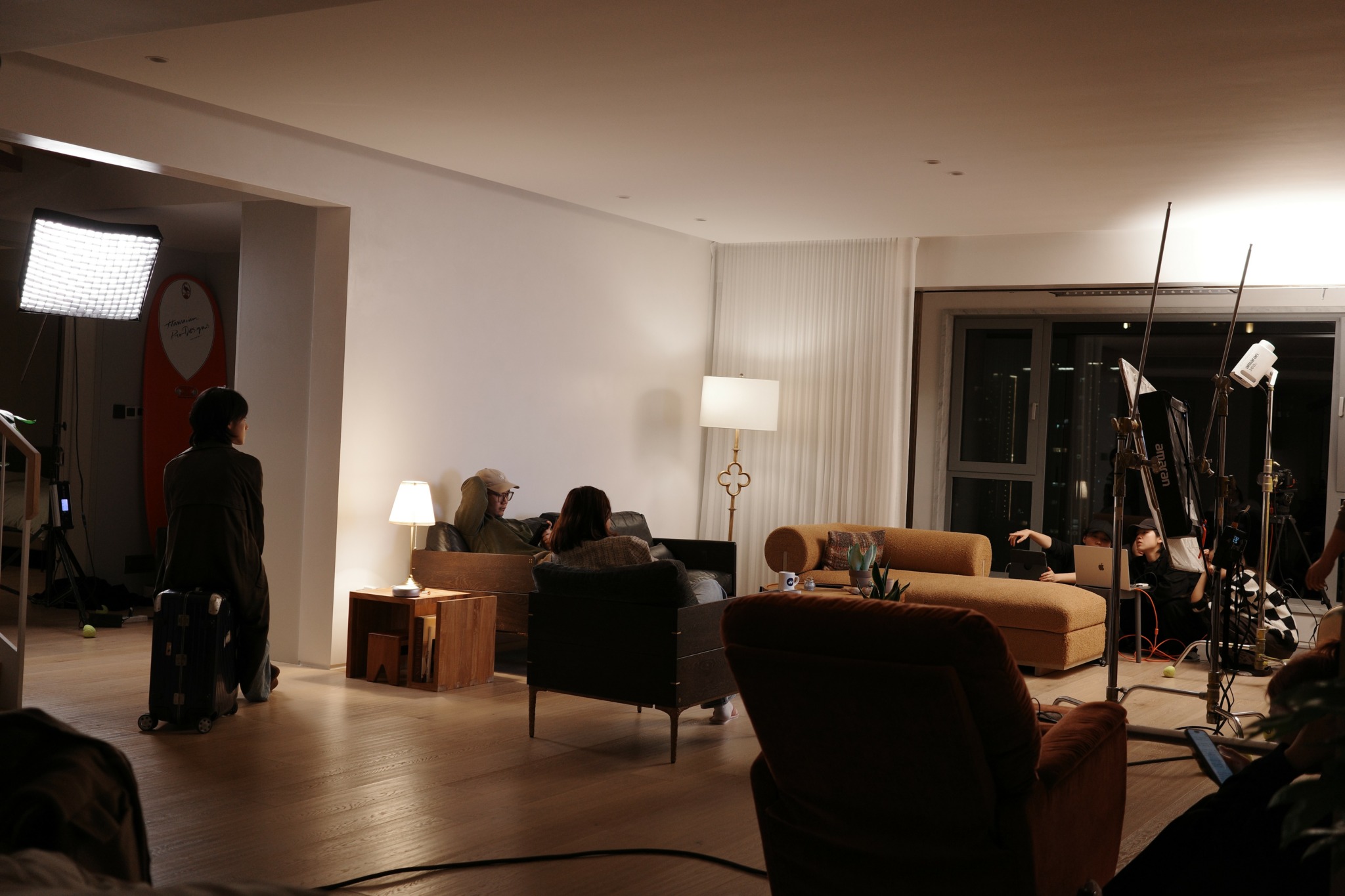
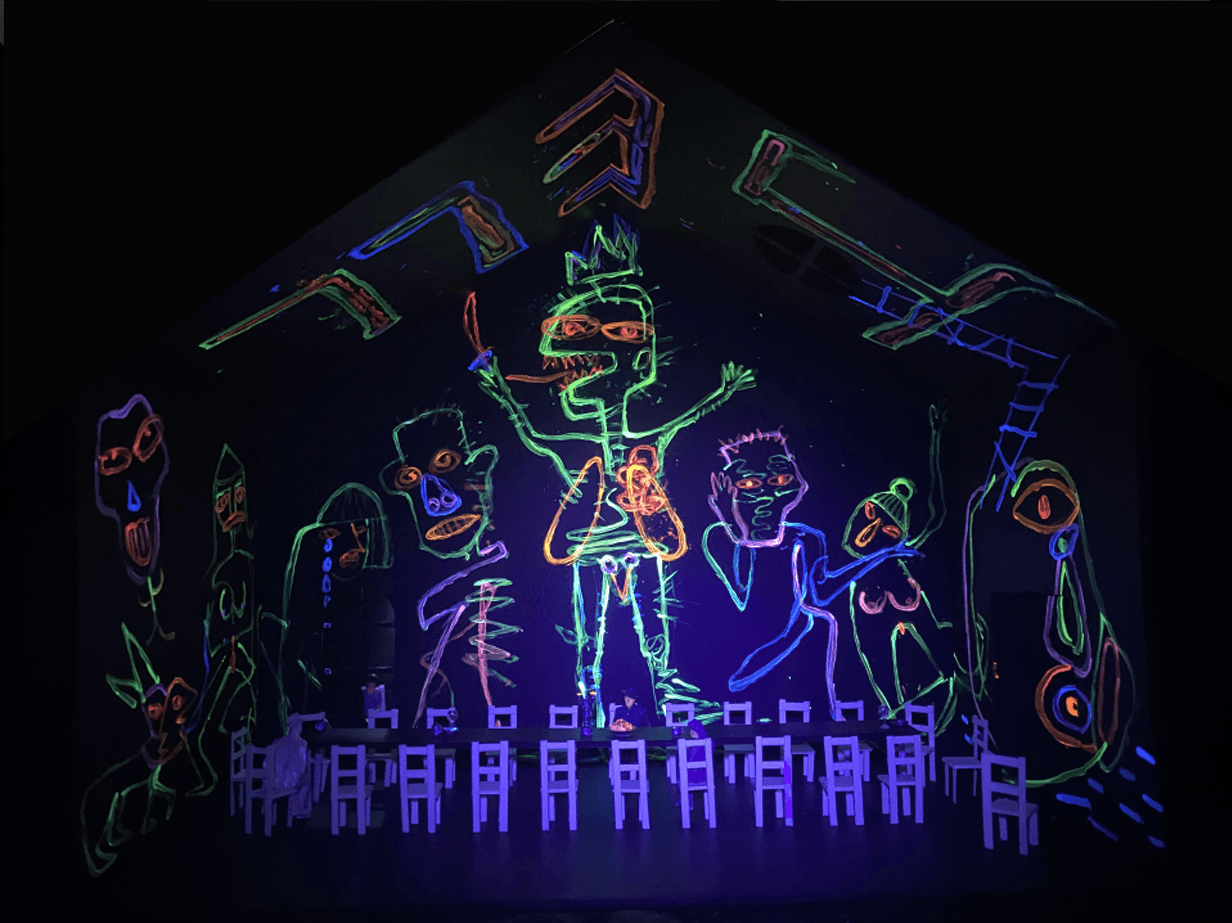
How can we best help foster a strong, supportive environment for artists and creatives?
I believe the two most important aspects are raising public awareness of the value of art and granting artists the freedom to express themselves.
First, the status of art courses within the education system is low. Many schools have reduced the hours for music and art classes or even eliminated drama and design courses altogether. The public often perceives art as mere “decoration” or a luxury, confined to galleries or high-end auctions, overlooking its role in social critique, cultural reflection, and emotional expression. This marginalization has led to art being undervalued in mainstream society.
Therefore, I believe society should promote art education within the curriculum and increase public art projects in urban spaces, incorporating installations and murals to integrate art into daily life. Additionally, hosting cross-demographic art festivals can allow people of different ages and cultural backgrounds to experience and appreciate art.
Second, the freedom of artistic expression is often constrained by market or political pressures. Marginalized artists—such as those from minority ethnic groups, LGBTQ+ communities, or other underrepresented groups—frequently lack platforms to voice their perspectives.
Thus, I propose establishing “Minority Group Art Festivals” or special funding programs to provide exhibition opportunities and awards. At the same time, legislation or policy should aim to reduce interference from political or commercial interests in artistic content, ensuring the independence of artistic creation.
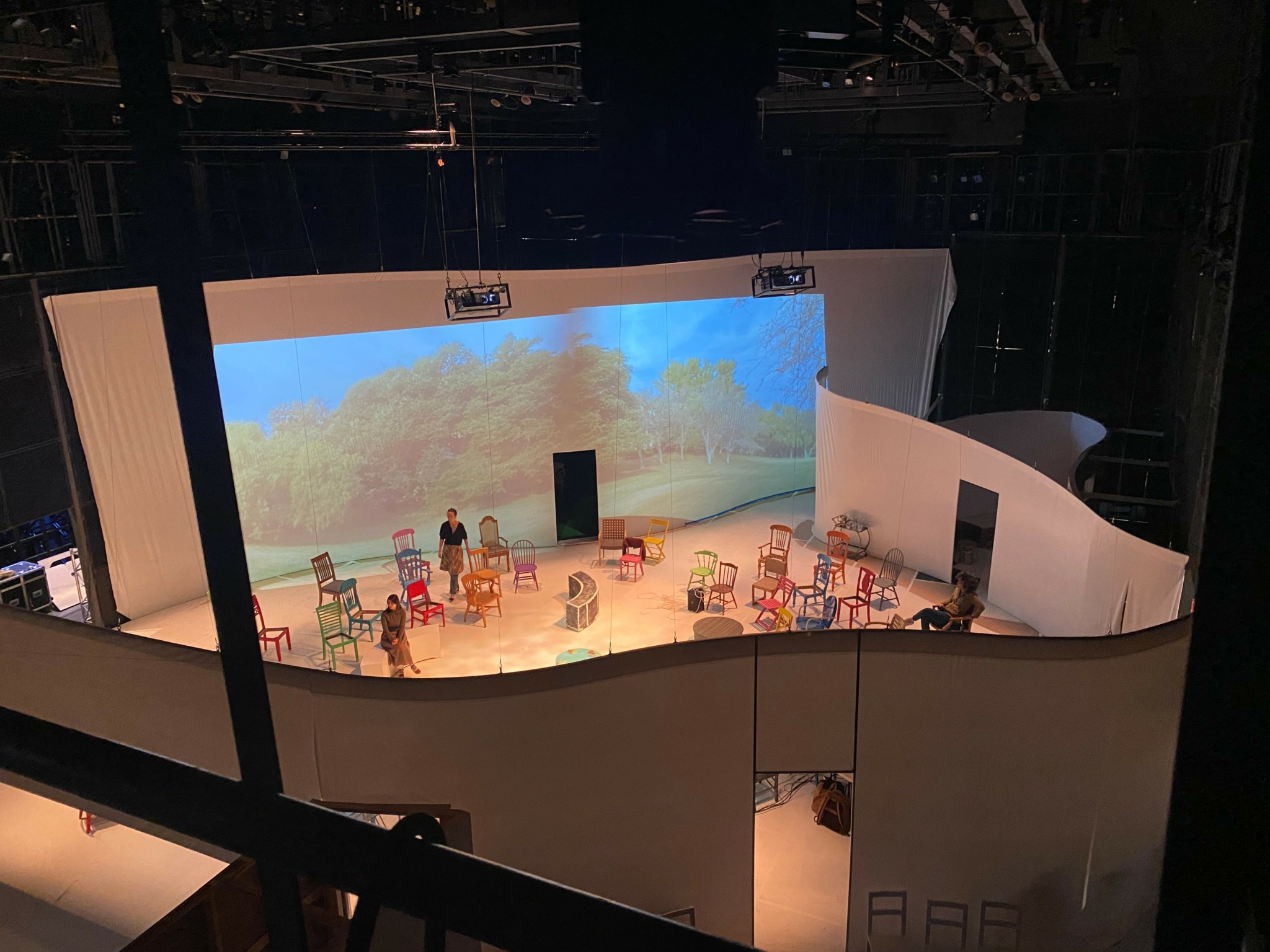

Is there something you think non-creatives will struggle to understand about your journey as a creative? Maybe you can provide some insight – you never know who might benefit from the enlightenment.
I believe that non-creatives may sometimes struggle to fully understand the journey of a creative individual. As creatives, our journey does not always have a clear path. Often, the creative process is filled with trial, error, and uncertainty. Non-creatives may find it difficult to comprehend the confusion and exploration that occur during this process, especially when we face a blank canvas or an imperfect creation, while the external world tends to prioritize outcomes and efficiency. However, this uncertainty is precisely the charm of artistic creation—it is the collision of inspiration and intuition, which stirs a resonance in the audience, even if that resonance is based on their personal experiences or their different interpretations of the world.
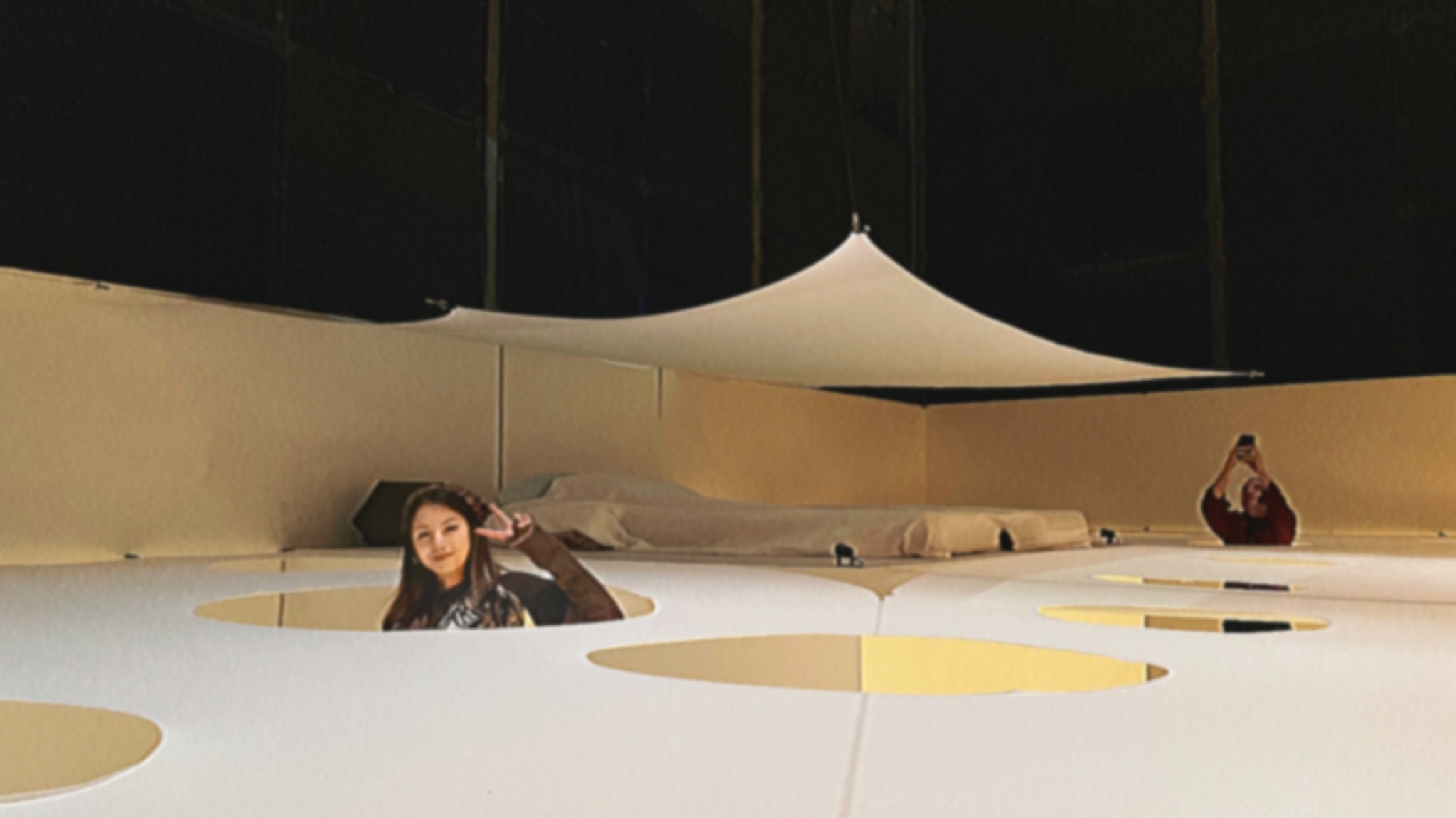
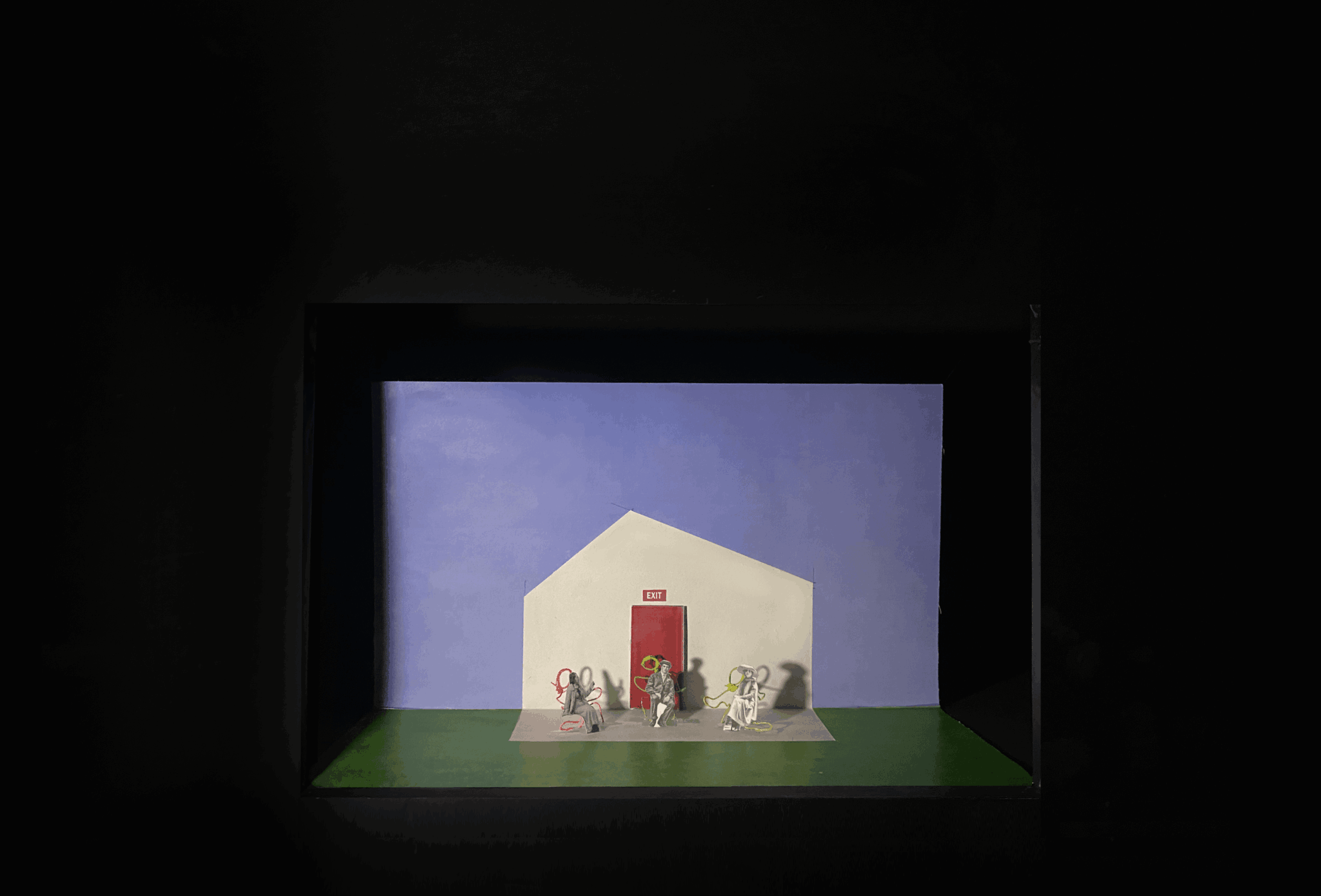
Contact Info:
- Website: https://najingcen.cargo.site/
- Instagram: naking_ya
Image Credits
Najing Cen


